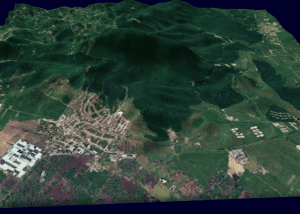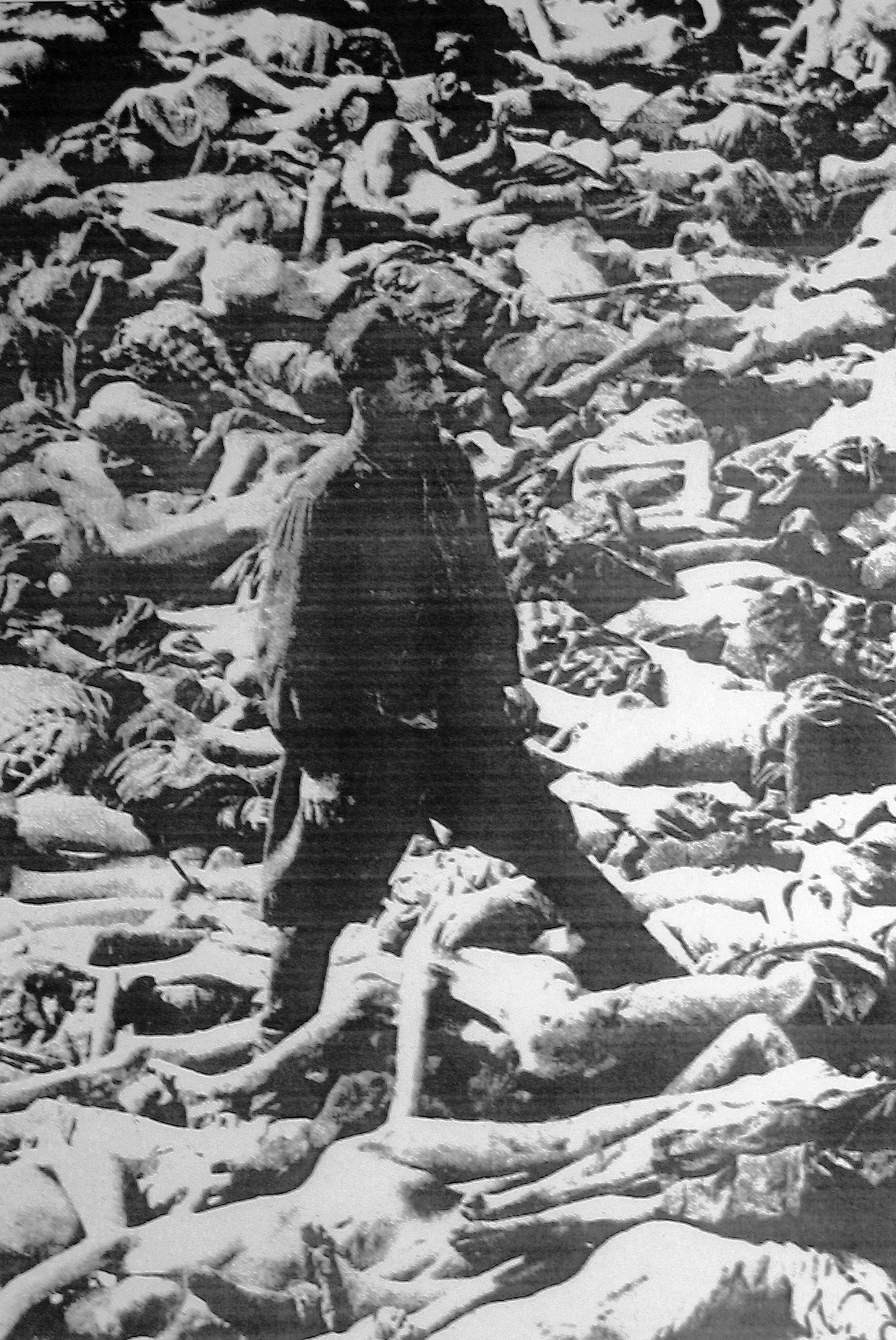|
Codlea
Codlea (; ; Transylvanian Saxon dialect: ''Zäöeden''; ) is a city in Brașov County, Transylvania, Romania. Name The Romanian name "Codlea" could be a derivation from the Latin , a diminutive of Latin (edge, rearward); or it could be a derivation from the Slavic ''kotlík'' ("kettle"), as the ''Măgura Codlei'' (in this reading: "Kettle Hill") looks like a kettle. In Romanian, ''măgură'' means "large hill, mound, forest located on a high place". The hill also provides the Hungarian name of the city, ''Feketehegy'', "Black Hill". The German name's origin is unknown, but there is a theory that it was derived from ''Zeidler'', an antiquated word for "beekeeper". in Wörterbuch (online). Accessed 24 Oct 2023. H ...
|
Brașov County
Brașov County () is a county (județ) of Transylvania, Romania. Its capital city is Brașov. The county incorporates within its boundaries most of the Medieval "lands" (''țări'') Burzenland and Făgăraș. Name In Hungarian language, Hungarian, it is known as ''Brassó megye'', and in German language, German as ''Kreis Kronstadt''. Under Austria-Hungary, a county with an identical name (Brassó County, ) was created in 1876, covering a smaller area. Demographics At the 2011 Romanian census, 2011 census, the county had a population of 549,217 and the population density was . * Romanians – 87.4% * Hungarians in Romania, Hungarians – 7.77% * Romani people in Romania, Romas – 3.5% * Germans of Romania, Germans (Transylvanian Saxons) – 0.65% At the 2021 Romanian census, 2021 census, Brașov County had a population of 546,615 and the population density was . * Romanians – 88.33% * Hungarians in Romania, Hungarians – 5,98% * Romani people in Romania, Romas – 4.98% ... [...More Info...] [...Related Items...] OR: [Wikipedia] [Google] [Baidu] |
Alexandru Zaharescu
Alexandru Zaharescu (born June 4, 1961) is a Romanian mathematician. He is a professor in the Department of Mathematics, University of Illinois at Urbana–Champaign, and a Honorary Member at the Institute of Mathematics of the Romanian Academy. He has two PhDs in mathematics, one from the University of Bucharest in 1991 under the direction of Nicolae Popescu, the other from Princeton University in 1995 under the direction of Peter Sarnak. Zaharescu made numerous contributions to number theory. In total, he has more than 350 publications. Early life Zaharescu was born on June 4, 1961, and grew up in Codlea, Romania. He graduated from high school in Codlea in 1980, and from the University of Bucharest in 1986. He joined the Institute of Mathematics of the Romanian Academy in 1989, and in 1991 he received a PhD from the University of Bucharest. Career Zaharescu received his second PhD from Princeton University in 1995. After that, he held temporary positions at the Massachusetts In ... [...More Info...] [...Related Items...] OR: [Wikipedia] [Google] [Baidu] |
Fritz Klein
Fritz Klein (24 November 1888 – 13 December 1945) was a Romanian-German Nazi doctor and war criminal, hanged for his role in atrocities at Auschwitz concentration camp and Bergen-Belsen concentration camp during the Holocaust. Early life, education, and Nazi soldier Klein was born in Feketehalom, Austria-Hungary (now Codlea in central Romania). Klein was considered a , or ethnic German. He studied medicine at the University of Budapest and completed his military service in Romania, finishing his studies in Budapest after World War I. He lived and worked as a doctor in Siebenbürgen (Transylvania), Romania. In 1939, as a Romanian citizen, he was drafted into the Romanian army, where, after the outbreak of the war with the Soviet Union in 1941, he served as a paramedic on the eastern front. In May 1943, Romanian fascist dictator Marshal Antonescu, on a demand from Hitler to release ethnic Germans in the Romanian Army, drafted them into the German army. Hence Klein becam ... [...More Info...] [...Related Items...] OR: [Wikipedia] [Google] [Baidu] |
Doina Popescu
Doina Popescu (born 1 October 1938) is a Romanian volleyball player. She competed in the women's tournament at the 1964 Summer Olympics The , officially the and commonly known as Tokyo 1964 (), were an international multi-sport event held from 10 to 24 October 1964 in Tokyo, Japan. Tokyo had been awarded the organization of the 1940 Summer Olympics, but this honor was subseq .... References 1938 births Living people Romanian women's volleyball players Olympic volleyball players for Romania Volleyball players at the 1964 Summer Olympics People from Codlea Sportspeople from Brașov County 20th-century Romanian sportswomen {{Romania-volleyball-bio-stub ... [...More Info...] [...Related Items...] OR: [Wikipedia] [Google] [Baidu] |
Municipiu
A municipiu (from Latin ''municipium''; English: municipality) is a level of administrative subdivision in Romania and Moldova, roughly equivalent to city in some English-speaking world, English-speaking countries. In Romania, this status is given to towns that are large and urbanized; at present, there are 103 ''municipii''. There is no clear benchmark regarding the status of ''municipiu'' even though it applies to localities which have a sizeable population, usually above 15,000, and extensive urban infrastructure. Localities that do not meet these loose guidelines are classified only as towns (''orașe''), or if they are not urban areas, as Commune in Romania, communes (''comune''). Cities are governed by a mayor and local council. There are no official administrative subdivisions of cities even though, unofficially, municipalities may be divided into quarters/districts (''cartiere'' in Romanian language, Romanian). The exception to this is Bucharest, which has a status simila ... [...More Info...] [...Related Items...] OR: [Wikipedia] [Google] [Baidu] |
Cities In Romania
This is a list of cities and towns in Romania, ordered by population (largest to smallest) according to the 2002, 2011 and 2021 censuses. For the major cities, average elevation is also given. Cities in bold are county capitals. The list includes major cities with the status of ''municipiu'' (103 in total), as well as cities and towns with the status of ''oraș'' (216 in total). Romania has 319 cities and towns: one city with over 1 million inhabitants, 17 other cities with more than 100,000 inhabitants, 153 cities with a population between 10,000 and 100,000 inhabitants, 110 towns between 5,000 and 10,000 inhabitants, and 38 towns with less than 5,000 inhabitants. Complete list See also * Metropolitan areas in Romania * List of cities in Europe * List of city listings by country References {{Authority control * Cities in Romania Towns in Romania Romania 2 Romania Romania Romania is a country located at the crossroads of Central Europe, Central, Ea ... [...More Info...] [...Related Items...] OR: [Wikipedia] [Google] [Baidu] |
Populated Places In Brașov County
Population is a set of humans or other organisms in a given region or area. Governments conduct a census to quantify the resident population size within a given jurisdiction. The term is also applied to non-human animals, microorganisms, and plants, and has specific uses within such fields as ecology and genetics. Etymology The word ''population'' is derived from the Late Latin ''populatio'' (a people, a multitude), which itself is derived from the Latin word ''populus'' (a people). Use of the term Social sciences In sociology and population geography, population refers to a group of human beings with some predefined feature in common, such as location, Race (human categorization), race, ethnicity, nationality, or religion. Ecology In ecology, a population is a group of organisms of the same species which inhabit the same geographical area and are capable of Sexual reproduction, interbreeding. The area of a sexual population is the area where interbreeding is possi ... [...More Info...] [...Related Items...] OR: [Wikipedia] [Google] [Baidu] |
Schutzstaffel
The ''Schutzstaffel'' (; ; SS; also stylised with SS runes as ''ᛋᛋ'') was a major paramilitary organisation under Adolf Hitler and the Nazi Party in Nazi Germany, and later throughout German-occupied Europe during World War II. It began with a small guard unit known as the ''Saal-Schutz'' ("Hall Security") made up of party volunteers to provide security for party meetings in Munich. In 1925, Heinrich Himmler joined the unit, which had by then been reformed and given its final name. Under his direction (1929–1945) it grew from a small paramilitary formation during the Weimar Republic to one of the most powerful organisations in Nazi Germany. From the time of the Nazi Party's rise to power until the regime's collapse in 1945, the SS was the foremost agency of security, mass surveillance, and state terrorism within Germany and German-occupied Europe. The two main constituent groups were the '' Allgemeine SS'' (General SS) and ''Waffen-SS'' (Armed SS). The ''Allgemeine ... [...More Info...] [...Related Items...] OR: [Wikipedia] [Google] [Baidu] |
Reformed Church Of Romania
The Reformed Church in Romania (; ) is a Calvinist denomination and the largest Protestant church in Romania. The majority of its followers are of Hungarian ethnicity and Hungarian is the main church language. The large majority of the Church's parishes are in Transylvania; according to the 2021 census, 495,380 people or 2.6% of the total population belong to the Reformed Church. About 95% of the members were of Hungarian ethnicity. The religious institution is composed of two bishoprics, the Reformed Diocese of Királyhágómellék and the Reformed Diocese of Transylvania. The headquarters are at Oradea and Cluj-Napoca, respectively. Together with the Unitarian Church of Transylvania and the two Lutheran churches of Romania (the Evangelical Lutheran Church in Romania and the Evangelical Church of Augustan Confession), the Calvinist community runs the Protestant Theological Institute of Cluj. Doctrine The church adheres to the: Creeds *Apostle Creed *Nicene Creed * ... [...More Info...] [...Related Items...] OR: [Wikipedia] [Google] [Baidu] |
Evangelical Church Of Augustan Confession In Romania
The Evangelical Church of the Augsburg Confession in Romania (, ) is a German-speaking Lutheran church in Romania, mainly based in Transylvania. As a Lutheran church, it adheres to the Augsburg Confession. Its history goes back to the 12th century when the Transylvanian Saxons arrived in the region, then part of the Kingdom of Hungary. The church has altar and pulpit fellowship with, but is distinct from, the Evangelical Lutheran Church of Romania, which is mainly Hungarian-speaking. It also cooperates with the Calvinist Reformed Church in Romania. History Beginnings The history of the Evangelical (Lutheran) Church in the territory of today's Romania finds its beginnings in the mid-16th century, through the humanist cartographer and reformer Johannes Honterus. Martin Luther's writings had been brought and spread in Transylvania as early as 1519, but the real reformation among the German Catholic population took place in 1542 (or 1543) with the publication of , Reforma ... [...More Info...] [...Related Items...] OR: [Wikipedia] [Google] [Baidu] |
Christian Evangelical Church Of Romania
The Christian Evangelical Church of Romania () is a Plymouth Brethren Protestant denomination, one of Romania's eighteen officially recognised religious denominations. History Under the influence of foreign Plymouth Brethren missionaries active in Romania in the late 19th century, a group of "free Christians" was founded in Bucharest in 1899.Pope, p. 187 Initially, members were foreign residents of the capital city; they were later joined by Romanian converts."Biserica Creştină după Evanghelie" , at the Ministry of Culture and Religious Affairs [...More Info...] [...Related Items...] OR: [Wikipedia] [Google] [Baidu] |
Pentecostal Union Of Romania
The Pentecostal Union of Romania () or the Apostolic Church of God () is Romania's fourth-largest religious body and one of its eighteen officially recognised religious denominations. At the 2021 census, some 404,000 Romanians declared themselves to be Pentecostalism, Pentecostals (2.1% of the population). Ethnically, as of 2002, they were 85.2% Romanians, 10.6% Roma minority in Romania, Roma, 1.9% Ukrainians of Romania, Ukrainians, 1.8% Hungarians in Romania, Hungarians and 0.5% belonged to other groups. They have 1,343 churches, 7,879 affiliates and 354 pastors,"Uniunea Penticostală" , at the Ministry of Culture and Religious Affairs (Romania), Ministry of Culture and Religious Affairs [...More Info...] [...Related Items...] OR: [Wikipedia] [Google] [Baidu] |






